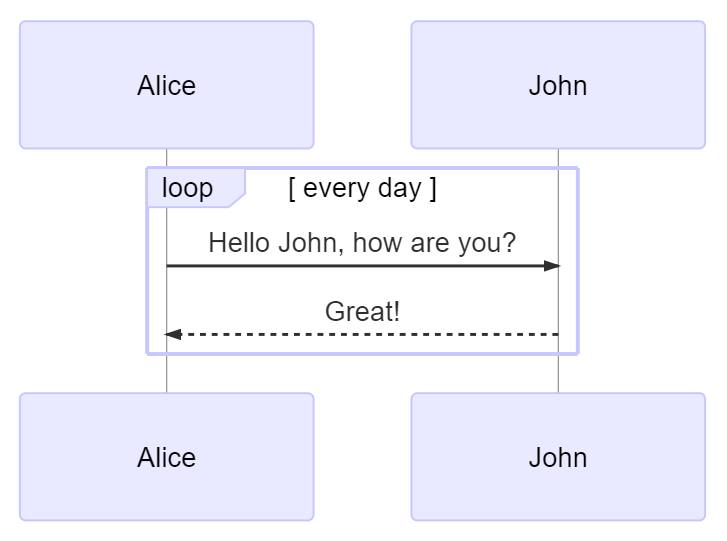

Markdown, a markup language, originally supports code blocks, but a slightly modern editor should at least support syntax highlighting. It can be used to draw cool version of latex logo, as shown below Now that you can embed latex, here’s what $$ \LaTeX $$ For example, pressing the tab key allows the cursor to jump to the next cell, and automatically adjusts the width of each column you can even use formulas in cells. Tabulation is more popular in Emacs org mode. The preview effect in boost note is as follows this For example, the following |This is the first| Just type in the vertical and horizontal lines. When it comes to timing diagrams, I prefer sdedit. I don’t know where it is higher than mouse dragging. I just need to be familiar with the grammar.

UML is drawn using the syntax of plantuml (you can even find the address of the plantuml server in preferences), and flowchart is drawn using the syntax of flowchart.js. Whether it is drawing UML, flow chart or sequence diagram, the method is “writing code”.
#Boostnote chart software
In addition to writing markdown and real-time preview, boost note self described as “for developer” Notes software supports drawing (UML, flowchart, sequence diagram), tabulation, and even adding latex formula.Ī simple example of the official ability to plot a boost note can be found on GitHub, but I use it sparingly. At present, I still use boost note, which is also the most satisfactory one. When I find that it doesn’t support block syntax highlighting, I give it up. Most of them are superficial, such as OneNote. In retrospect, I’ve tried Youdao cloud notes, impression notes, offer, boost note, OneNote, Yu writer, leanote (build locally), and so on. Sequence of eventsįor a while, I was addicted to “note software hunting” – I kept looking for all kinds of note software, tried one by one, and tried to choose the most powerful one. This article is XD written in boost note.


 0 kommentar(er)
0 kommentar(er)
